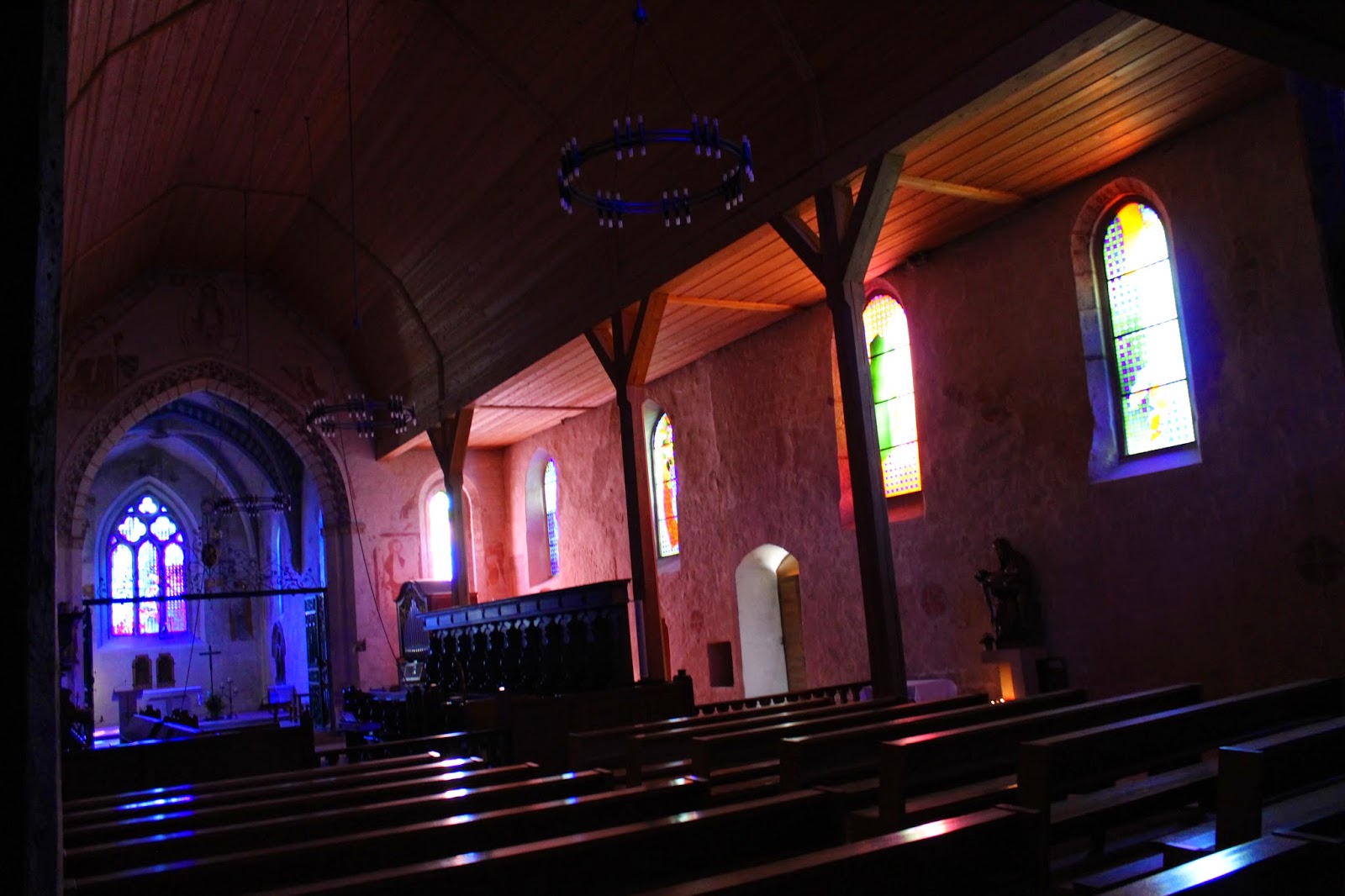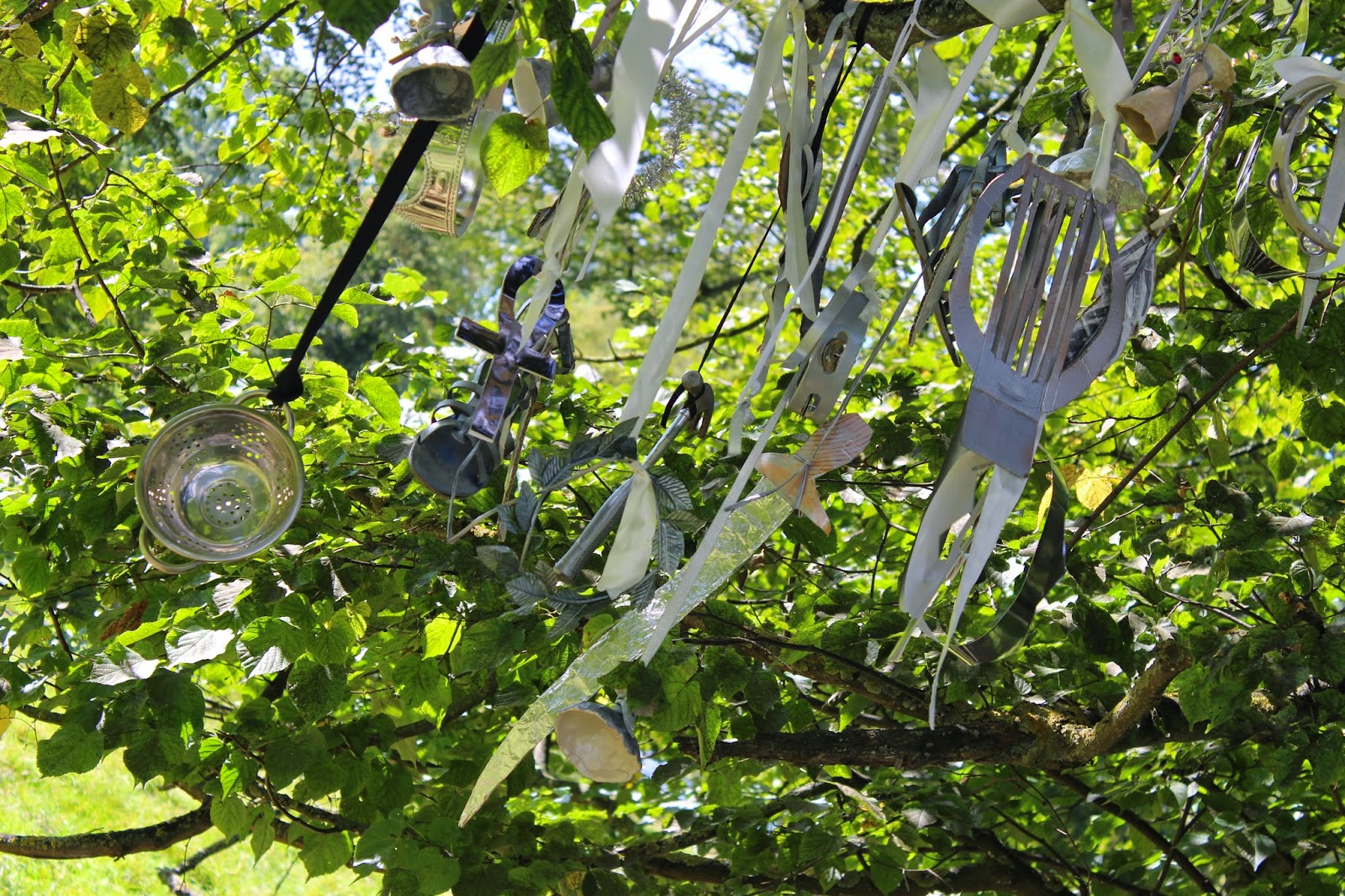Here is the sermon that I preached:
Take a look at Caravaggio's Supper at Emmaus by clicking here and ask yourself three questions: What is central in this picture? How does the artist point us to what is central? Why are those things central?
At the centre of this picture and at the centre of the story it depicts is a very simple and ordinary action; breaking bread or tearing a loaf of bread into two pieces. Although it is a simple and ordinary thing to do, it becomes a very important act when Jesus does it because this is the moment when Jesus’ two disciples realise who he is. They suddenly realise that this stranger who they have been walking with and talking to for hours on the Emmaus Road is actually Jesus himself, risen from the dead. They are amazed and thrilled, shocked and surprised, and we can see that clearly on the faces and in the actions of the disciples as they are portrayed in this painting.
Something very simple and ordinary suddenly becomes full of meaning and significance. This simple, ordinary action opens their eyes so that they can suddenly see Jesus as he really is. That is art in action! Art captures or creates moments when ordinary things are seen as significant.
When our eyes are suddenly opened to see meaning and significance in something that we had previously thought of as simple and ordinary that is called an epiphany. Caravaggio’s painting is a picture of an epiphany occurring for the disciples on the Emmaus Road but it is also an epiphany itself because it brings the story to life in a way that helps us see it afresh, as though we were seeing it for the first time.
The disciples realise it is Jesus when the bread is broken because Jesus at the Last Supper made the breaking of bread and the drinking of wine (the Eucharist) into a sacrament. A sacrament is a visible sign of an inward grace and so it is something more than an epiphany. In a sacramental act there is a connection between the symbolic act and the reality being symbolised, which does not need to occur in an epiphany. So, an epiphany is a realisation or sign of significance, while a sacrament is a visual symbol of an inner change. For Christians the taking of bread and wine into our bodies symbolises the taking of Jesus into our lives. As a result, art (or the visual) can symbolise inner change and be sacramental.
This understanding of epiphany and sacrament is based on the doctrine of the Incarnation; the belief that, in Jesus, God himself became a human being and lived in a particular culture and time. Jesus is an epiphany because he is the visible image of the invisible God. For the Church this has been the primary reason why we have such a strong tradition of figurative art. As Rowan Williams has written, ‘God became truly human in Jesus … And if Jesus was indeed truly human, we can represent his human nature as with any other member of the human race.’ But when we do so ‘we’re not trying to show a humanity apart from divine life, but a humanity soaked through with divine life … We don’t depict just a slice of history when we depict Jesus; we show a life radiating the life and force of God.’
Williams goes on to write that it is when ‘we approach the whole matter in prayer and adoration’ that ‘the image that is made becomes in turn something that in its own way radiates [the] light and force’ of God. He is implying therefore that an important element of prayer is paying attention.
In 2007, the Uffizi Museum in Florence lent Leonardo da Vinci’s The Annunciation to the Tokyo National Museum for three months. More than 10,000 visitors flocked to the museum every day to see the renaissance masterpiece. A number which, when divided by the museum's opening hours, equates to each visitor having about three seconds in front of the painting - barely long enough to say the artist's name, let alone enjoy the subtleties of his work.
By contrast, a well-known art historian, observed as he entered the first room of the Leonardo da Vinci exhibition at the National Gallery, went nose-to-nose with Leonardo's The Musician (1486), and there he stayed for about 10 minutes, rocking backwards and forwards, before moving from side-to-side, and then finally stepping back four paces and eyeing up the small painting from distance. And then he repeated the exercise. Twice.
The 10,000 visitors per day visiting the Tokyo National Museum during those three months wanted to see Leonardo’s Annunciation, but did they really ‘see’ it? They certainly didn’t see it in the same way that the art critic saw Leonardo's Musician.
Art historian Daniel Siedell has said: ‘It is a cliché, but I would suggest that one must approach contemporary art with an open mind … Attending to … details, looking closely, is a useful discipline for us as Christians, who are supposed to see Christ everywhere, especially in the faces of all people. If we dismiss artwork that is strange, unfamiliar, unconventional, if we are inattentive to visual details, how can we be attentive to those around us?’
The Bible is full of encouragement to reflect. The words, reflect, consider, ponder, meditate and examine, crop up everywhere. God encourages us to reflect on everything; his words (2 Timothy 2.7), his great acts (1 Samuel 12.24), his statutes (Psalm 119.95), his miracles (Mark 6.52), Jesus (Hebrews 3.1), God's servants (Job 1.8), the heavens (Psalm 8.3), the plants (Matthew 6.28), the weak (Psalm 41.1), the wicked (Psalm 37.10), oppression (Ecclesiastes 4.1), labour (Ecclesiastes 4.4), the heart (Proverbs 24.12), our troubles (Psalm 9.13), our enemies (Psalm 25.19), our sins (2 Corinthians 13.5). Everything is up for reflection but we are guided by the need to look for the excellent or praiseworthy (Philippians 4.8) and to learn from whatever we see or experience (Proverbs 24.32).
Clearly all this reflection cannot take place just at specific times. Just as we are told to pray always, the implication of the Bible's encouragement to reflection is that we should reflect at all times. We need to make a habit of reflection, a habit of learning from experience and of looking for the excellent things. We can do this by paying prayerful attention to all that is around us – what we see, do and experience. Everything around us can potentially be part of our ongoing conversation with God, part of which is reflection. This is a style of prayer that seems to go back at the very least to the Celtic Christians, who had a sense of the heavenly being found in the earthly, particularly in the ordinary tasks of home and work, together with the sense that every task can be blessed if we see God in it.
David Adam writes that, ‘If our God is to be found only in our churches and our private prayers, we are denuding the world of His reality and our faith of credibility. We need to reveal that our God is in all the world and waits to be discovered there – or, to be more exact, the world is in Him, all is in the heart of God.’
Attending to details in the way Daniel Seidell suggests is the outworking of St Paul’s words in Philippians 4. 8: “Finally, brothers and sisters, whatever is true, whatever is noble, whatever is right, whatever is pure, whatever is lovely, whatever is admirable — if anything is excellent or praiseworthy — think about such things” (Philippians 4. 8). We are called to look for and look at these things as we go through life. This is an excellent approach to bear in mind when also looking at art.
Then, as Rowan Williams writes, visual images will be to us ‘human actions that seek to be open to God’s action’ and which can ‘open a gateway for God.’ If we pay prayerful attention, art can truly be epiphany and sacrament to us.
--------------------------------------------------------------------------------------
Tom Jones - My Lord Did Trouble Me.



































